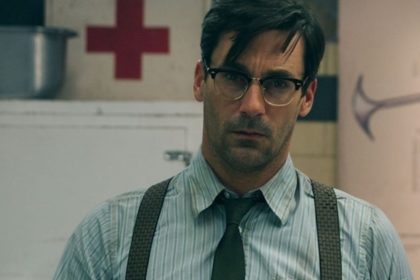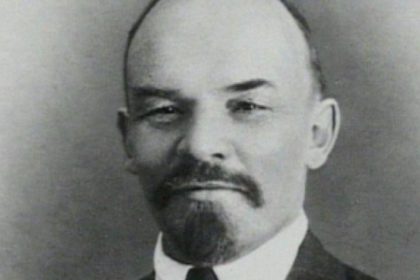Joseph Rudyard Kipling was an English journalist, short-story writer, poet and novelist. He was born in India, which inspired much of his work. Kipling’s works of fiction include “The Jungle Book”, “Kim” and many short stories, including “The Man Who Would Be King.” Take a look below for 30 more fascinating and interesting facts about Rudyard Kipling.
1. His poems include “Mandalay,” “Gunga Din,” “The Gods of the Copybook Headings,” “The White Man’s Burden,” and “If.”
2. He is regarded as a major innovator in the art of the short story, his children’s books are classics of children’s literature, and one critic described his work as exhibiting, “a versatile and luminous narrative gift.”
3. Kipling was one of the most popular writers in the British Empire, in both prose and verse, in the late 19th century and early 20th centuries.
4. In 1907, at the age of 42, he was awarded the Nobel Prize in Literature, making him the first English language writer to receive the prize and its youngest recipient to date.
5. He was sounded out for the British Poet Laureateship and on several occasions for a knighthood, both of which he declined.
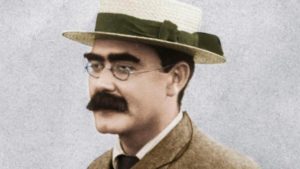
6. Kipling was born on December 30, 1865, in Bombay, then under British India.
7. His parents named him after the Rudyard Lake in Staffordshire, where they had met for the first time.
8. His father, John Lockwood Kipling, was a sculptor and pottery designer from North Yorkshire.
9. After his father’s marriage to Alice MacDonald, the daughter of Reverend George Browne MacDonald, they moved to India, where he was appointed a professor of architectural sculpture in the Jeejeebhoy School of Art.
10. Kipling had a sister, Alice, who was three years younger than him.
11. Like most other British children in India, Kipling and his sister spent most of the day with Indian nannies and servants, listening to the stories they told in their native tongue and exploring local markets with them.
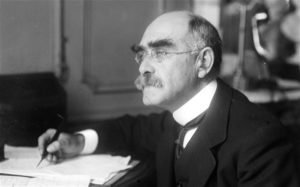
12. During his childhood, Kipling became more proficient in Indian than in English.
13. In 1871, Kipling and his sister were sent to live in a foster home in England, to be educated under the British system.
14. Arriving in England in October, Kipling and his sister were put up with Captain Pryse Agar Holloway and his wife, Sarah, who boarded children of British nationals serving in India in their home at Southsea, Portsmouth.
15. In Southsea, Portsmouth, he was admitted to a school, but found it hard to adjust.
16. Kipling faced neglect and cruelty with Mrs. Holloway, and every night she cross-examined him on his day’s activities and to save himself, he started telling lies.
17. Each Christmas, as a child, Kipling traveled to London to spend the holidays with his maternal aunt.
18. In January, 1878, Kipling was admitted to the United Services College, a boarding school at Westward Ho in Devon.
19. At the United Services College, he developed a good relationship with the headmaster, who encouraged him to write and made him the editor of the school magazine.
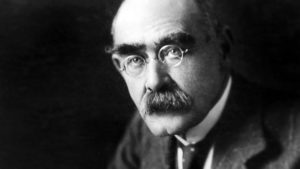
20. In 1881, the poems he wrote for the school magazine at the United Services College was published by his father as “Schoolboy Lyrics.”
21. Kipling’s first collection of verse was published in 1886, titled “Departmental Ditties.”
22. While working at the Civil and Military Gazette, Kipling was asked to start writing short stories.
23. Between 1886 and 1887, 39 of Kipling’s stories appeared in the newspaper where he worked.
24. Kipling’s first collection of prose, titled “Plain Tales from the Hills,” was published in 1888 in Calcutta. He was 22 years old when it was published.
25. In 1887, Kipling was transferred to work at “The Pioneer,” a larger newspaper in Allahabad.
26. In 1888, Kipling published six short story collections, including “Soldiers Three,” “The Story of the Gadsbys,” “In Black and White,” “Under the Deodards,” “The Phantom Rickshaw,” and “Wee Willie Winkie.”
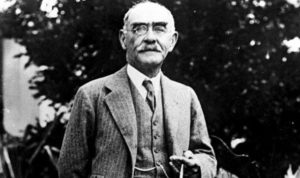
27. His job at the newspaper ended in 1889, when he was fired over an argument, and he took his six-month’s salary and set sail for England.
28. In 1889, Kipling arrived in London and began to write. His novel, “The Light that Failed,” was published two years later.
29. He married Caroline Starr Balestier, the sister of a friend, who was co-writer of the novel “The Naulahka,” in 1892.
30. Kipling and his wife settled in a cottage in Vermont and had a daughter, Josephine, in 1892.


